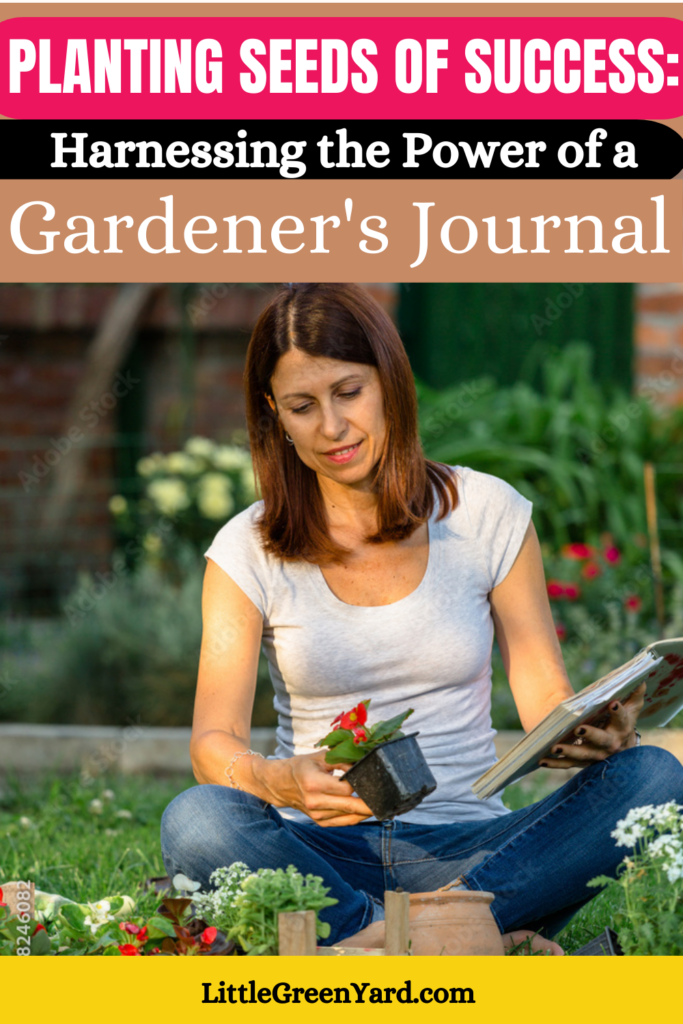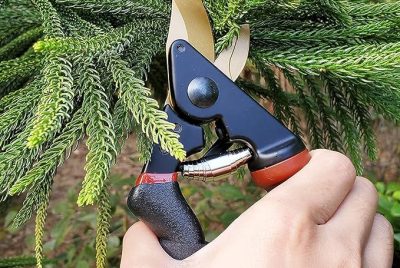Planting Seeds of Success: Harnessing the Power of a Gardener’s Journal
Deprecated: The PSR-0 `Requests_...` class names in the Requests library are deprecated. Switch to the PSR-4 `WpOrg\Requests\...` class names at your earliest convenience. in /home/littlegr/public_html/wp-includes/class-requests.php on line 24
As a passionate gardener, I’ve discovered the incredible value of maintaining a gardener’s journal. In this article, I will share with you why keeping track of planting and seedling growing cycles is essential for every gardener. By documenting your gardening journey, you can enhance your skills, increase productivity, and cultivate a deeper connection with your plants.
Benefits of a Gardener’s Journal
Gardening is more than just a hobby; it’s a journey of growth and learning. Here are some compelling reasons why you should maintain a gardener’s journal.
Improved Planning and Organization
A gardener’s journal serves as your personal gardening planner, allowing you to stay organized and plan ahead. By recording your planting schedules, you can ensure a well-coordinated garden that thrives throughout the year.

Using Your Gardener’s Journal to Monitor Plant Progress
Tracking the progress of your plants is a fundamental aspect of gardening. A journal enables you to monitor growth rates, flowering times, and fruiting patterns. This information empowers you to make informed decisions about plant care and adjustments to optimize their well-being.
Identifying Patterns and Trends
Gardening is a dynamic process, influenced by numerous factors such as weather, soil conditions, and plant varieties. By regularly documenting your gardening activities, you can identify patterns and trends that emerge over time. This knowledge helps you make adjustments, anticipate challenges, and capitalize on successful techniques.
Problem-Solving and Troubleshooting
A gardener’s journal becomes your troubleshooting companion. When faced with challenges like pests, diseases, or underperforming plants, you can refer to your journal to identify potential causes, review past solutions, and develop effective strategies to overcome obstacles.
Enhancing Learning and Knowledge
Every gardening experience is a learning opportunity. By maintaining a journal, you create a treasure trove of knowledge. Reflecting on your previous successes and failures helps you refine your techniques, expand your plant repertoire, and deepen your understanding of gardening principles.
My Personal Favorite Gardener’s Journals:
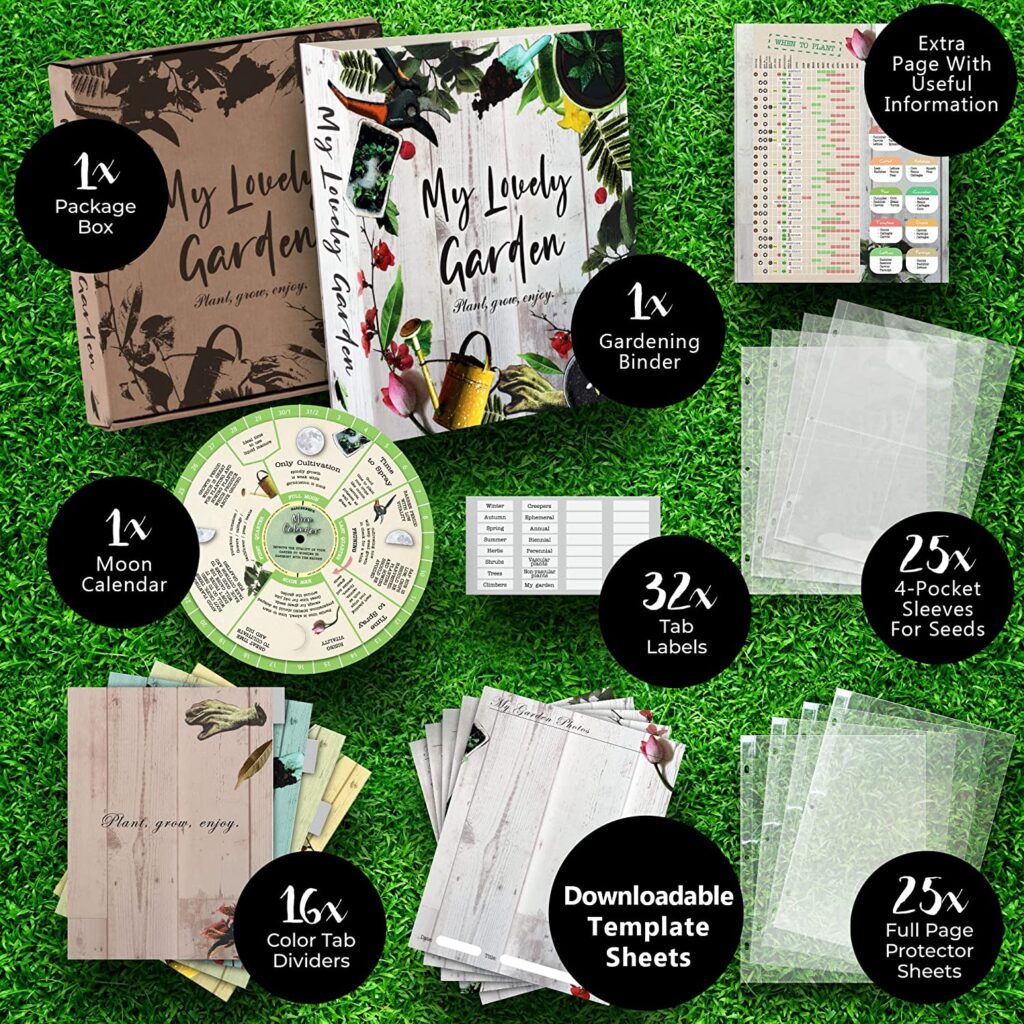
CraftSaints Garden Journal 8.5×11, Seed Storage Organizer, Perfect Planner & Almanac
- COMPLETE KIT – Start planning and organizing your gardening activities as soon as the binder arrives!
- Includes 1 Binder & 16 Dividers & 32 Labels (16 prefilled and 16 blanks) & 25 US letter size plastic sleeves & 25 4-pocket sleeves for seeds & Extra page with useful information & 1 Gardening moon calendar, download & use the 11 different templates as much as you like without any extra cost.
- Just print pages from the web or fill in the templates on a computer or by hand.
Journals Unlimited Gardening, The Gardener’s Journal (Natural Brown) *NEW Edition
- The perfect all-inclusive gardening log for everyone! One journal for all of your plants; annual, perennial, flower, shrub, tree, bare root, ground-cover, fruit, vegetable, or herb.
- Guided format includes: location, planting instructions, water requirements, sunlight, bloom date, pest problems, and so much more.
- The backside of each page leaves space for notes and a photo, plant tag, seed packet, or drawing.

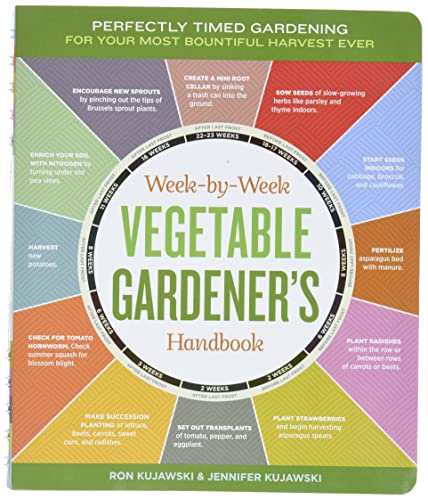
The Week-by-Week Vegetable Gardener’s Handbook: Make the Most of Your Growing Season
- Whether you’re increasing crop yields or starting your very first vegetable garden, the Week-by-Week Vegetable Gardener’s Handbook will help you manage your schedule and prioritize what’s important.
- Detailed weekly to-do lists break gardening down into simple and manageable tasks so that you always know what needs to be done and when to do it, from starting seeds and planting strawberries to checking for tomato hornworms and harvesting carrots.
RHS A Gardener’s Five Year Record Book
- Be aware of what is happening in the garden from year to year – what germinates, flowers or fruits and when; how the weather affects flowering and fruiting seasons and harvests; issues with pests and so much more.
- Record what happens in the garden over a five-year period. Structured week by week, with five years to a view, it is flexible enough for the user to choose a personal emphasis if desired.
- Additional sections on Plants to Buy, Plant Suppliers, Useful Addresses and Gardens to Visit
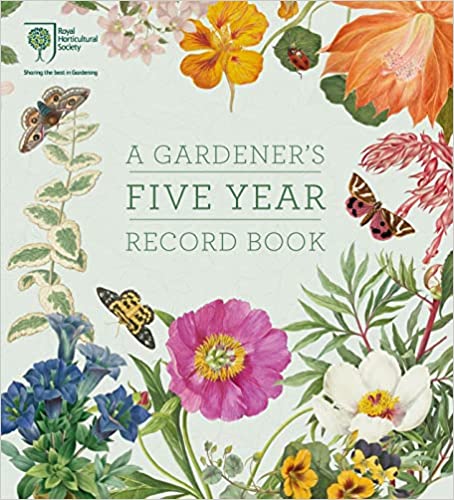

The Garden Journal, Planner and Log Book
- Every form is designed to include all the pertinent information needed, while minimizing the amount of time required to record that information.
- Just on the individual plant pages alone, there are over fifty possible check boxes for each plant. Use as many or as few as you desire, and record as much or as little as you wish in the spaces for other information.
Plant Log Journal Petite Planner by Erin Condren
- TRACK 32 PLANTS: No two plants are made the same, which is why this journal includes 32 individual plant logs for you to keep track of each plant’s needs and habits and give it the best care possible!
- Each individual log also includes a watering tracker so you can separate the low-water succulents from the perennials that may require weekly or daily watering!
- Includes 2 fertilizer tracker spreads, 2 repotting spreads and 1 propagation log
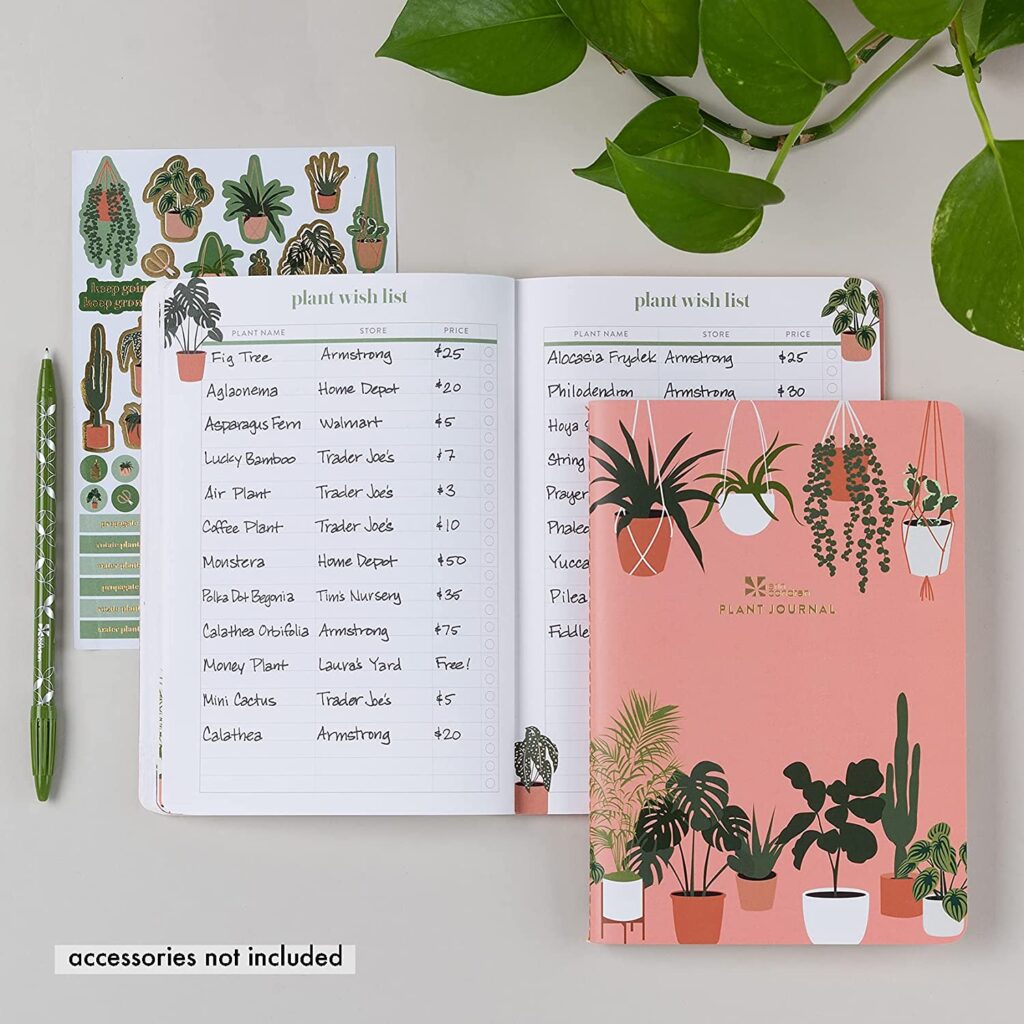
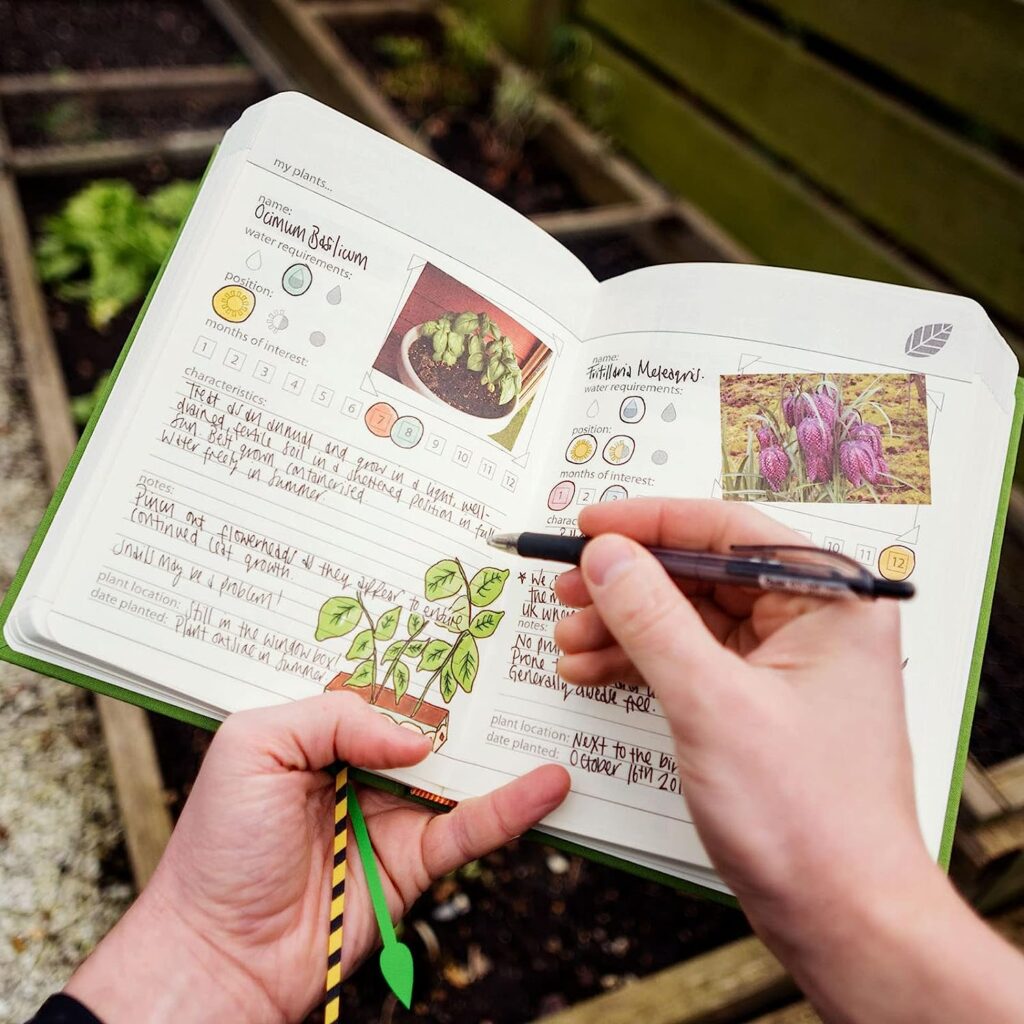
Suck UK My Gardening Handbook Garden Journal To Record Growth Gardening Books
- A gardening book & notebook journal for archiving planting secrets. Budding horticulturalists will love this gardening journal
- Make your own book & pass it on. Including 300 pages of tips, templates & photo space: fill our planner notebook with garden secrets. Handy gifts for women or gifts for men to last a lifetime
- Fabric custom notebooks designed to store your plant care tips.
Tips for Maintaining a Gardener’s Journal
Now that you understand the benefits, let’s explore some practical tips to help you start and maintain your own gardener’s journal. H3: Choosing the Right Journal
When selecting a journal for your gardening endeavors, consider factors such as size, durability, and usability. Choose a journal that is large enough to accommodate your notes and sketches, with sturdy pages that can withstand outdoor conditions. Opt for a format that suits your preference, whether it’s a traditional notebook, a digital journal, or a gardening-specific planner.
Documenting Planting Details
One of the essential aspects of a gardener’s journal is documenting planting details. Include information such as the date of planting, the type of plant or seed, and any additional notes specific to the planting process. This data serves as a reference for future plantings and helps you evaluate the success of different varieties or techniques.
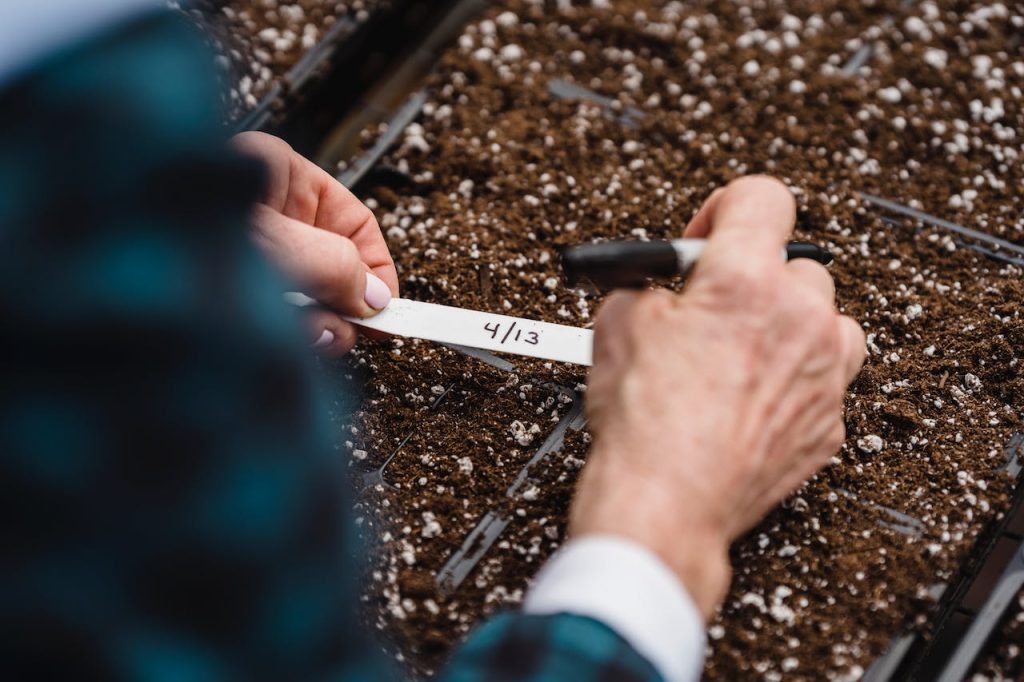
Recording Observations and Notes
Capture your observations and notes in the journal regularly. Take note of the weather conditions, changes in soil quality, and any peculiarities you observe in your garden. Include details about plant growth, flowering patterns, and pest or disease encounters. These observations provide valuable insights into your garden’s progress and help you make informed decisions for future plant care.
Including Photographs and Sketches
Visual documentation is a powerful tool in a gardener’s journal. Supplement your written entries with photographs or sketches of your garden, plants, and specific features. Visual representations not only add interest to your journal but also provide a visual record of plant growth, landscaping ideas, and design inspiration.
Regularly Updating Your Gardener’s Journal
Consistency is key when maintaining a gardener’s journal. Set aside dedicated time each week or month to update your journal. Make it a habit to record new plantings, observations, and any changes or improvements you make to your garden. Regular updates ensure that your journal remains an accurate and comprehensive record of your gardening journey.
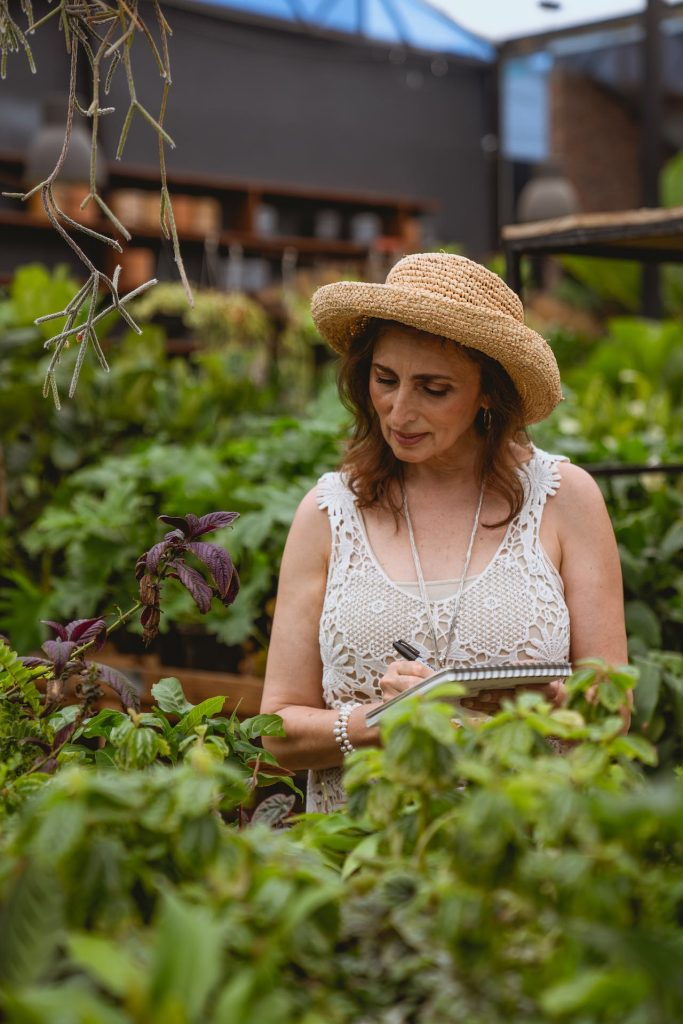
Parting Words
A gardener’s journal is an invaluable tool for any gardening enthusiast. By maintaining a record of your planting and seedling growing cycles, you can improve your planning and organization, monitor plant progress, identify patterns and trends, troubleshoot problems, and enhance your learning and knowledge. Embrace the practice of journaling, and watch as it enriches your gardening experience.
FAQs
Q: Is it necessary to maintain a gardener’s journal?
A: While not mandatory, a gardener’s journal offers numerous benefits and can greatly enhance your gardening experience.
Q: Can I use a digital journal or app instead of a physical one?
A: Yes, digital journals or gardening apps can be effective alternatives, offering convenience and additional features.
Q: What information should I include in my gardener’s journal?
A: Important details to record include planting dates, plant varieties, observations, weather conditions, and any actions taken.
Q: How often should I update my gardener’s journal?
A: Aim to update your journal regularly, preferably on a weekly or monthly basis, to ensure accurate and comprehensive records.
Q: Can a gardener’s journal help me become a better gardener?
A: Absolutely! By reflecting on past experiences, learning from successes and failures, and tracking progress, a journal can improve your gardening skills and knowledge.
Remember, your gardener’s journal is a personal reflection of your gardening journey. Customize it to suit your needs and preferences, and enjoy the process of documenting and learning from your green thumb adventures. Happy journaling!
